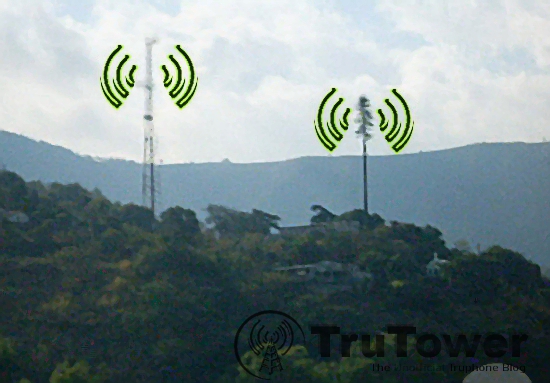Nokia Siemens has announced they are showing off the next evolution in HSPA+ technology at the Mobile World Conference next week in Barcelona. Currently called “HSPA+ Multiflow,” this service allows mobile devices to connect to two cell towers simultaneously.
If you’ve ever used a cell phone while moving, then you’ve probably experienced the depressed network connectivity that becomes more of an issue as you move further away from any given tower.
Multiflow’s connection to a second tower can make sure a mobile device is connected to a second tower when signal begins fading, thereby greatly reducing dropped calls and could also lead to greatly increased data speeds. According to Nokia Siemens, Multiflow can double HSPA+ data speeds and response times by upwards of 50%.
The full Press Release is as follows:
Nokia Siemens Networks delivers faster, more flexible 4G (HSPA+)
Presents first ever demo of HSPA+ Multiflow on commercial infrastructure equipment, delivering up to double the cell edge data speed
Operators will be able to offer enhanced mobile broadband with a new feature for HSPA+ networks from Nokia Siemens Networks and Qualcomm*. Known as HSPA+ Multiflow, it allows devices located close to the edge of a mobile base station’s cell to connect with a second base station serving a neighboring cell. The ‘Multiflow’ name refers to the two different paths data can then take to reach a device. The feature makes far more efficient use of network resources, delivering up to double the data speed and up to 50% faster response compared to existing HSPA+ networks.
A live demonstration** at Mobile World Congress 2012 of the feature will be based on Nokia Siemens Networks’ commercial Single RAN offering and Qualcomm’s prototype USB dongles.
“With 100 million smart devices being added every month, we see a consequent increase in ‘smart’ applications that make use of their advanced capabilities. Not only is network traffic rising dramatically, much of it is also unpredictable in nature, and this can impact user experience,” said Keith Sutton, head of the WCDMA business line for Nokia Siemens Networks. “This is where HSPA+ Multiflow helps operators – it reduces imbalances that typically occur in network resource usage, and increases HSPA+ speed and capacity.”
HSPA+ Multiflow enables simultaneous transmission of two data streams from base stations in two adjacent cells to a single user device instead of one data stream from one base station as is the case with HSPA+*** today. Overall, this can up to double throughput (data speeds) for users at cell edge. Due to Nokia Siemens Networks’ highly scalable Single RAN equipment, operators can protect their earlier network investments, by evolving their existing HSPA networks to the new technology with a simple software upgrade.
“We are working with Nokia Siemens Networks to drive the evolution and deployment of technologies like HSPA+,” said Serge Willenegger, vice president of product management at Qualcomm. “This demonstration confirms that HSPA+ Multiflow will enable us to further enhance the HSPA+ mobile broadband user experience, and is thus a valuable contribution toward enhancing the HSPA+ value proposition and further expanding global mobile broadband coverage.”
The HSPA+ Multiflow feature is expected to be 3GPP standardized**** by mid 2012, and will be available commercially from Nokia Siemens Networks by second half of 2013.
To share your thoughts on the topic, join the discussion on Twitter using #MWC12, #HSPA+ and #mobilebroadband.
The big question: since HSPA+ 4G is basically glorified 3G HSPA, could this technology be used to power the Tru network in the future? As mentioned in the press release shown above, Multiflow will be available as a software update for Single RAN (radio access network) systems, so it could make its way to a cell site near you just after Nokia Siemens flips the switch during the second half of 2013.

